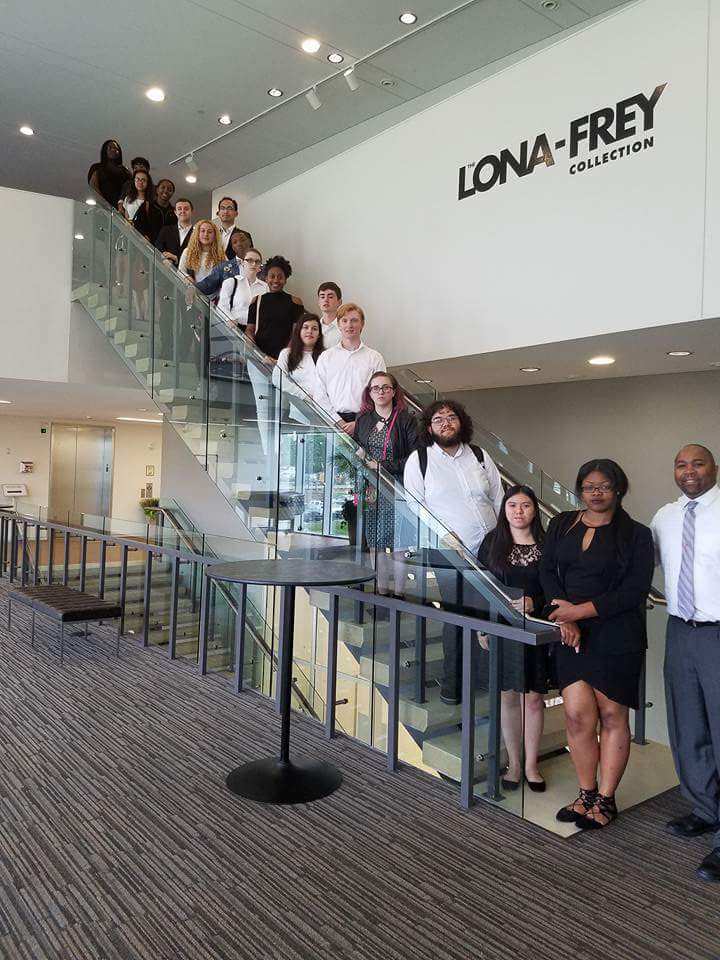
As information security becomes more critical, the cybersecurity talent gap continues to widen. According to the Global Information Security Workforce Study by Frost & Sullivan, the shortage of infosec workers will reach 1.8 million by 2020. That estimate is 20 percent higher than the 1.5 million gap Frost & Sullivan’s forecast two years ago.
Organizations Struggle To Fill Security Positions
Businesses struggle to fill their security positions. Nearly a third of respondents to a survey by ISACA said they were unable to fill infosec jobs. An analysis by Stanford journalism students in 2015 estimated that 209,000 cybersecurity jobs in the United States went unfilled.
Educational institutions, from K-12 public schools to universities, are stepping up to the plate to attract new generations to STEM (science, technology, engineering, math), including cybersecurity. The industry is also contributing through program sponsorships. But the tide isn’t turning fast enough.
Cooperation Can Close InfoSec Talent Gap
Closing the cybersecurity gap takes cooperation between the private sector, non-profits, government agencies and education. Here are some steps to take together:
- Begin in grade school. Parents, students and teachers place a high value on computer science education. STEM education must start in grade school. Extensive research has shown that these formative years impact students’ future career choices.
- Attract college students. Many community colleges and universities are adding cybersecurity programs to help fill the pipeline of new infosec graduates. Federal grants are helping fund initiatives — such as the National Centers for Academic Excellence program jointly sponsored by the NSA and Department of Homeland Security. Organizations can help by providing internships to infosec students, offering mentorships and sponsoring scholarships.
- Increase awareness about cybersecurity jobs. Many millennials are unaware of cybersecurity jobs and their importance. New degree programs are helping drive awareness, but that’s only a first step. The industry needs to find ways to reach out to students interested in STEM and tell a compelling story about the appeal of the cybersecurity field.
- Embrace diversity better. As the Global Information Security Workforce Study shows, women comprise only 11 percent of the global infosec workforce. At the same time, millennials, who are now the largest segment of the U.S. workforce, are much more diverse than previous generations. There’s a missed opportunity to build up the workforce by attracting more diverse candidates.
- Improve workforce retention. Retention is as much a problem as recruitment. Millennials especially value mentorships and organizational education programs; employers will need to find ways to address this need.
How neteffect Helps Meet 21st Century Cybersecurity Challenges
A Fortinet partner, neteffect technologies is doing its part to solve the talent gap, taking a leadership role in the Charlotte community and partnering with educators to prepare students for 21st century cybersecurity challenges.
Our company has brought the Fortinet network security expert certification (NSE) program to the Renaissance Academy of Information Technology, which is graduating its first class. Congratulations!
To learn more about NSE, visit Fortinet or contact neteffect technologies at 704-688-7170.

